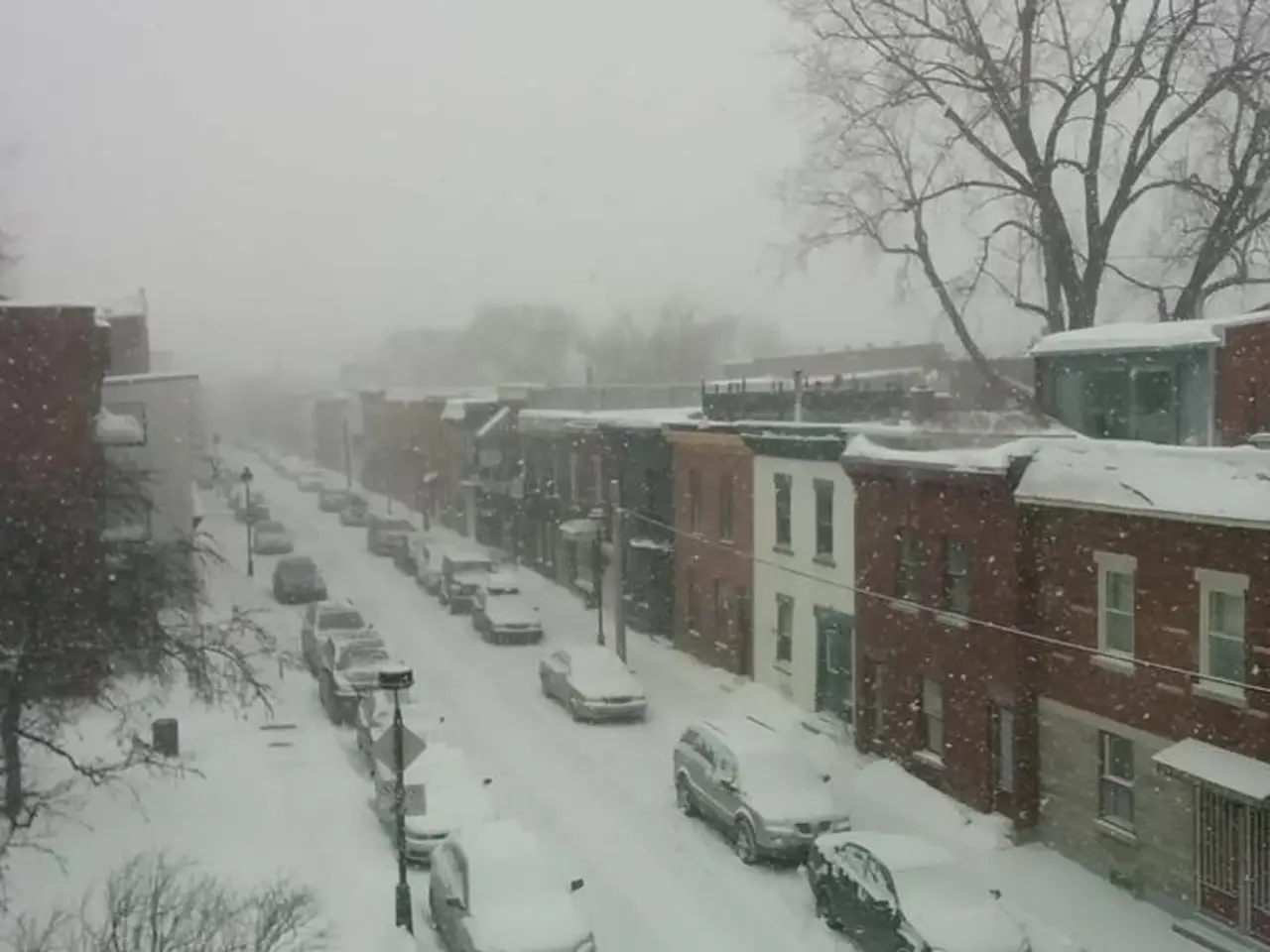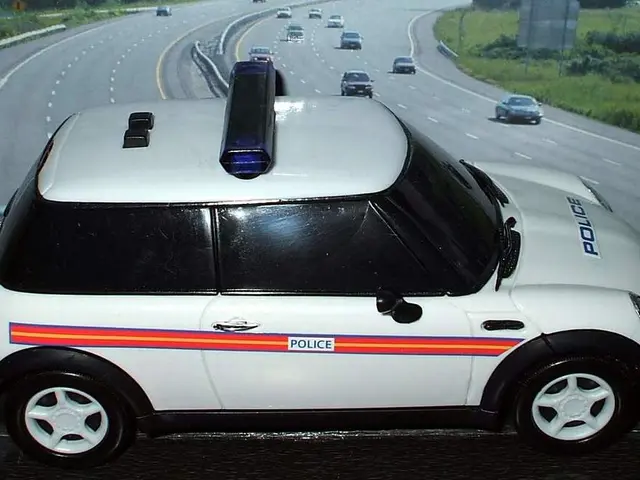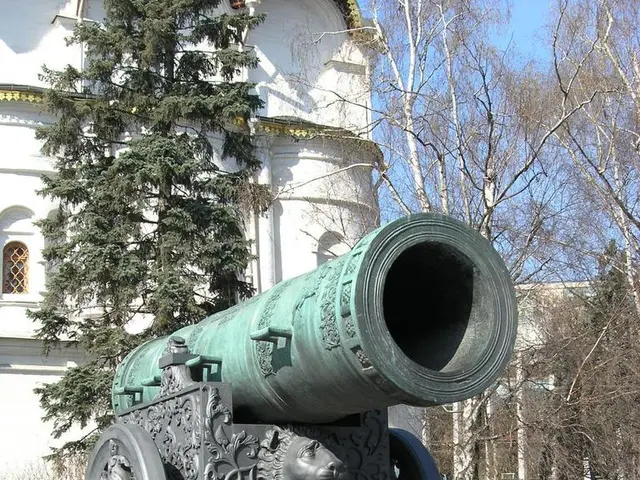Continuous Journeys: Travelers from Nine Federal Regions on the Move - Holiday travelers from nine German regions congesting roads with heavy traffic
In the heart of Germany, Baden-Württemberg's highways A6, A5, A7, A81, and A8 become bustling arteries during the holiday season, as travelers journey to popular vacation destinations. To help avoid traffic jams and ensure a smooth journey, here are some expert tips based on recent traffic trends and local advice.
Firstly, it's essential to avoid peak congestion times. Traffic jams are most intense on weekdays, particularly Wednesdays and Thursdays, with the worst delays in the morning (06:00–09:00) and afternoon/evening (14:00–18:00). On Fridays, congestion peaks in the afternoon and early evening as people start weekend travels. To minimize delays, consider traveling outside these peak hours, favoring Mondays or weekends.
Heavy congestion is also common before long holiday weekends, such as the Friday before Whitsun (Pentecost), with recorded traffic jams reaching thousands of kilometers. To avoid the worst jams, plan trips either well before or after these peak days.
The Federal Highway Company has implemented detours for the traffic congestion on the A6, and drivers should follow signs, not navigation systems, due to several detours for closures, as recommended by the ADAC. Drivers from Heilbronn and Karlsruhe will be directed onto the A5 at the Walldorf interchange, leading to the Heidelberg interchange, then to the A656 towards Mannheim. Similarly, drivers from Saarbrücken traveling on the A6 will be directed towards a detour via the A61 at the Frankenthal interchange.
Traffic volumes are significantly lower on Mondays and weekends, so traveling on these days or during off-peak hours can reduce delays substantially. However, it's crucial to stay updated on traffic incidents and current roadworks, as serious accidents on these highways can cause extended closures and jams. Monitoring live traffic reports, such as ADAC or local traffic news, can help you react quickly and choose alternative routes.
Baden-Württemberg's highways are popular travel routes for vacationers, and many pass through these roads on their way to classic vacation destinations in the south and back home. To reduce stress and traffic jams in urban centers like Stuttgart, consider using public transit (S-Bahn, U-Bahn, buses) instead of driving. Stuttgart offers convenient Park and Ride facilities on the outskirts to avoid city center driving restrictions and traffic jams.
In summary, to minimize time stuck in traffic on these key highways in Baden-Württemberg during holidays:
- Travel outside peak weekday hours, favoring Mondays or weekends - Avoid peak pre-holiday Fridays - Use public transportation where possible - Check current roadworks and live traffic updates regularly
This proactive approach, combined with flexible scheduling and alternative travel modes, will help you significantly reduce delays during the busy holiday season. The ADAC predicts Sunday will be much quieter on Baden-Württemberg's highways, making it an ideal travel day. Those with flexible travel plans can expect a more relaxed journey between Monday and Thursday next week.
As Baden-Württemberg is a transit land and vacation region, increasingly affected by traffic during the holiday season, these tips are invaluable for ensuring a stress-free journey. Summer holidays have begun in nine federal states, and vacationers are moving, causing busy roads, particularly in Baden-Württemberg. By following these expert tips, you can enjoy your holiday travels without the added stress of traffic jams.
- To contribute to a smoother lifestyle during travel, consider complying with the local employment policy that encourages flexible work schedules, allowing employees to avoid peak hours and potentially reduce traffic congestion on Baden-Württemberg's highways.
- In line with the community policy emphasizing environmental sustainability, opting for eco-friendly travel options like carpooling, biking, or electric vehicles during vacations can minimize carbon emissions from traffic and contribute to a greener lifestyle while traveling. Opting for public transportation like S-Bahn, U-Bahn, buses, and Park and Ride facilities also helps reduce traffic jams in urban centers, promoting a healthier and more sustainable lifestyle.




